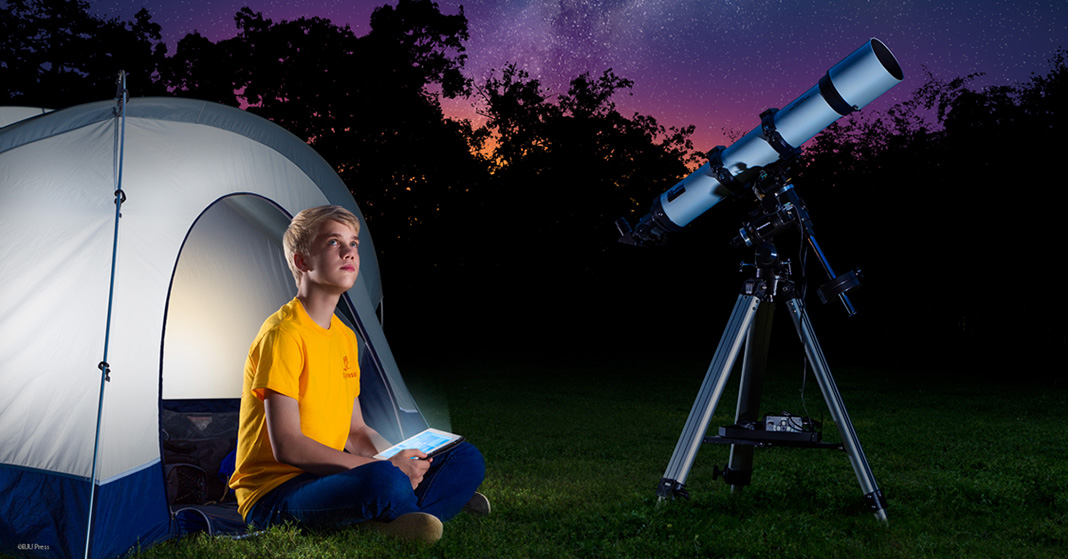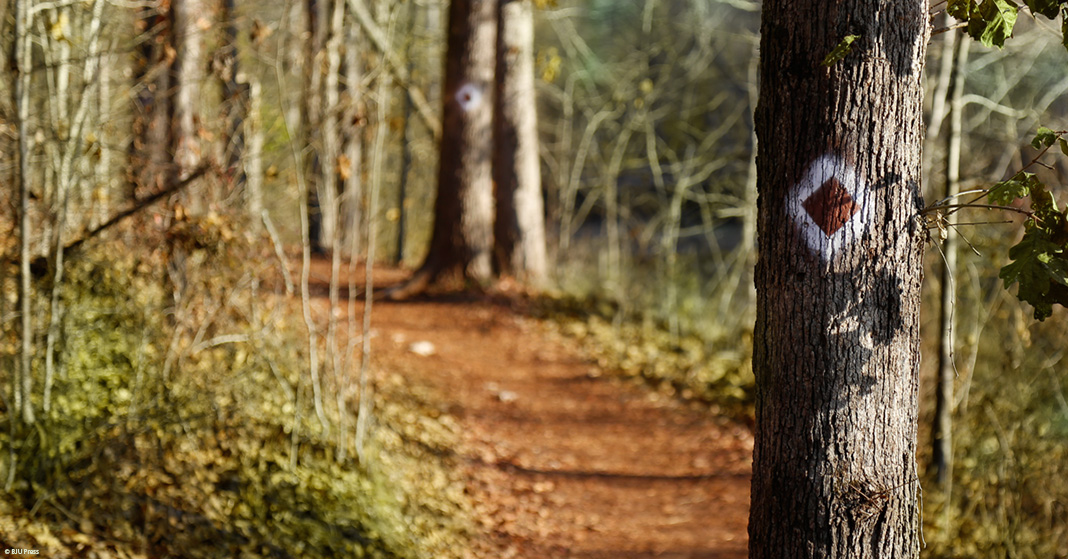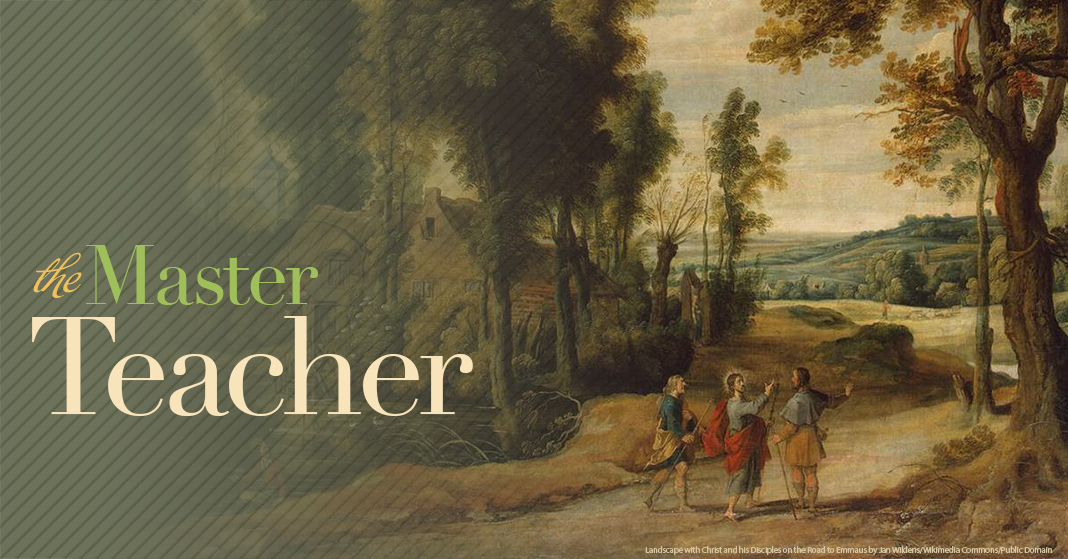 Astronomy is a wonderful field of science for at-home study. The laboratory is your backyard, and the subject of study is right overhead! For Christians, astronomy has special significance. After all, the heavens declare the glory of God (Psalm 19:1). Whether you and your children want to learn some astronomy over the summer or on homeschool weeknights, these ideas will help you get started.
Astronomy is a wonderful field of science for at-home study. The laboratory is your backyard, and the subject of study is right overhead! For Christians, astronomy has special significance. After all, the heavens declare the glory of God (Psalm 19:1). Whether you and your children want to learn some astronomy over the summer or on homeschool weeknights, these ideas will help you get started.
Check Out Helpful Astronomy Magazines
Two major amateur astronomy magazines, Astronomy and Sky & Telescope, are available at many libraries and bookstores. They’re full of good information and advice, including beautiful photos, monthly sky charts, and notes about special things to watch for in the sky.
You can read the magazines at the library, but if you intend to seriously pursue astronomy for several months, consider subscribing instead. You can also subscribe to the email newsletters of these publications and check their websites for digital editions and online resources.
Explore Fascinating Books About the Stars
At the library, online, or at your local bookstore, you’ll find numerous resources. The Stars: A New Way to See Them by H. A. Rey (Houghton Mifflin, 1976) was written for children by the author of the Curious George series. For an interesting discussion of the biblical references to astronomy, have your teens check out Stewart Custer’s book The Stars Speak: Astronomy in the Bible (Bob Jones University Press, 2002).
Some more recent titles that discuss astronomy from a Christian perspective are Taking Back Astronomy: The Heavens Declare Creation by Jason Lisle (Master Books, 2006) or The Astronomy Book by Jonathan Henry (Master Books, 2012).
Use Your Eyes
You and your kids can begin with what astronomers call “naked-eye” astronomy in your own backyard. With some foundational information from BJU Press Science 3, help your younger children learn their way around the sky and become familiar with the major reference points. If you have teens, Earth Science from BJU Press is an excellent resource with plenty of up-to-date information about the solar system.
First, you can teach your kids about the major constellations, the map by which astronomers find everything else in the sky. Even young children can learn the most familiar ones, such as the Big Dipper and Orion. The constellations change with the seasons, and the moon and the planets are constantly moving around. To know when and where to look for them, use the NASA sky events calendar or sky charts from astronomy magazines.
Find Dark Places
A little bit of stray light ruins the view of some of the most interesting things in the sky. Modern cities put so much light pollution into the sky that stargazing while in a city is difficult. Many children have never seen the Milky Way because it’s almost impossible to see unless the sky is actually dark. If you’re encountering this problem, plan a trip out in the country, to a spot far from any lights. Pick a night when the moon comes up late or when there is a new moon, so it will be truly dark. Your kids will be amazed at the view!
Look for the Big Ones
Even on days or nights when you can’t drive to the country, you and your kids can still study the sun and the moon. There’s no problem finding them in the sky! Sunsets, rainbows, sundials, eclipses, phases of the moon, tides—all of these are good subjects for study and provide abundant possibilities for projects.
Grab a Pair of Binoculars
Binoculars open up a whole new level of star viewing. With the help of sky charts, your homeschool astronomers will be able to see galaxies, nebulae, craters on the moon, and a host of new stars. You can use any set of binoculars with a large B value (lens size) for a bright, easy-to-see image. A common size that is good for astronomy is 7×50.
Visit a Local Planetarium
If you live near a planetarium, you have a unique opportunity to get a guided tour of the sky. Be aware that many planetariums now do a variety of music and light shows and educational programs that may not be related to astronomy. However, nearly all of them still do simple tours of the night sky.
If you visit the Creation Museum in Kentucky, remember to stop by the planetarium there. The amazing shows in the Creation Museum Planetarium will help you and your kids understand the scope of the known universe and the amazing power of the God who made it all.
Invest in a Telescope
Until you know your way around the sky, a telescope can be more frustrating than helpful. But after taking all the initial steps to familiarize yourself and your kids with astronomy, you might want to consider getting one.
The ideal telescope for home use is three inches or more in diameter, with a sturdy tripod and a mechanism that allows the telescope to move smoothly in order to keep the celestial object in the field of view as the earth slowly rotates. The higher the magnification, the smaller the field of view. But the smaller the field of view, the harder it is to locate and track the object. At 20x (meaning the image is magnified twenty times), the telescope becomes difficult to aim without a small “finder” scope to assist. You can see a lot with 30-50x, including the rings of Saturn, the moons of Jupiter, the Orion nebula, and craters on the moon. Principally, there are three basic types of telescopes: refractor, reflector, and compound. Refractors use lenses; reflectors use mirrors to guide the incoming light to a focal point wherein the viewing lens is adjusted (in or out) to produce a sharp image; compound telescopes use lenses and mirrors. Larger lenses or mirrors are much more important than large magnification since they yield a brighter, finer-detailed image.
Some of the cheap telescopes you can buy online or in stores are of poor quality; they feature high magnification but tiny optics and flimsy mounts. Before ordering or purchasing an inexpensive telescope, check the customer reviews posted for that product to help you decide if it’s a piece of junk or a useful tool for your homeschool astronomy sessions.
Astronomy is a subject you can tackle completely on your own with no previous experience necessary—and children of all ages can be involved. Explore the sky as a family and learn together!
• • • • •
Rebecca is a work-at-home freelance writer, novelist, wife, and the mom of two bright-eyed little ones. She credits her success in writing and her love of books to her own mom, who homeschooled three kids from pre-K through high school.



